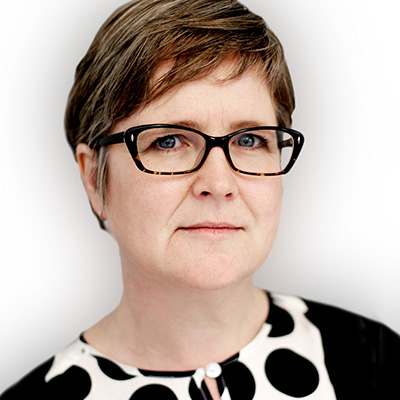This is the fourth in our series of reports that examines the state of the NHS provider sector. This year we publish at a time of considerable uncertainty for the NHS, and for public services more generally, as we stand on the brink of the third general election in five years, amidst a polarised debate about the country’s relationship to the European Union.
Against this backdrop of political and social flux, the NHS, and the provider sector, are seeking to answer some big questions about the future which go to the heart of a much needed public debate about how we ensure the NHS remains sustainable and meets the expectations of the public in future years. How do we improve and sustain quality of care in a time of rapidly rising demand and constrained public finances? How do we build a positive culture of engagement across the health and care sector to attract, retain and develop talented and caring individuals at every level? How do we make a fundamental shift to population health and prevention using new and different models of service delivery? How do we develop an operating model for the NHS which takes account of national, regional and local responsibilities and reinforces agreed behaviours by leaders at all levels? And how do we move successfully to local collaboration within systems from a long-established approach based on individual institutions?
This report is a commentary on how the provider sector is performing, the challenges that trusts and their partners are facing, and the support they need as we look ahead to delivering the aspiration and the commitments set out in the NHS long term plan (the plan).
The state of the NHS provider sector offers a unique combination of our own policy analysis and commentary, published data and, most importantly, the views of the chairs and chief executives who run hospital, mental health, community and ambulance services in England. It is they who are responsible for ensuring their trusts provide outstanding patient care 24 hours a day, 365 days a year, and they who are best placed to identify key trends. We hope it proves a helpful addition to the debate about the future direction of the NHS.
We are, of course, grateful to the trust chairs and chief executives who took the time to complete the survey and give us their views. This report would not be possible without them.

Chris Hopson
Chief Executive, NHS Providers

Saffron Cordery
Deputy Chief Executive, NHS Providers

